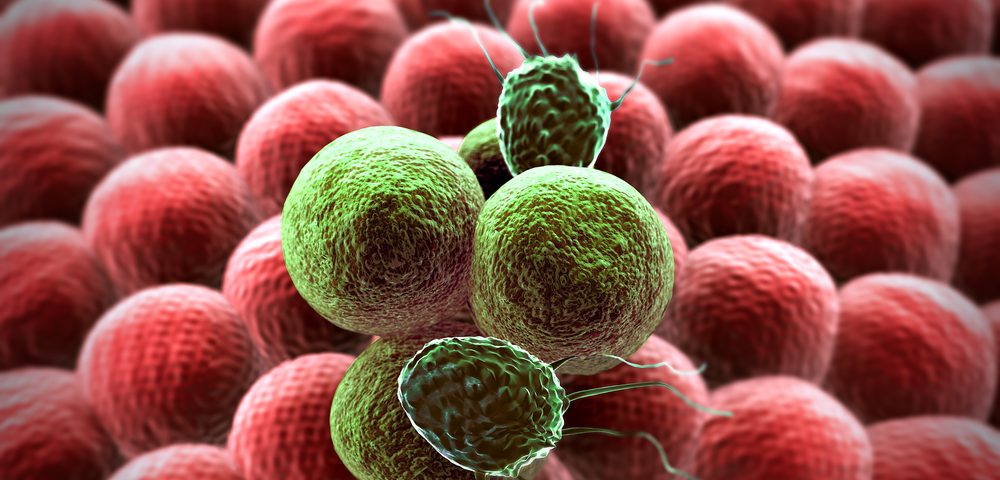Researchers have discovered a novel mechanism by which tumor cells evade adoptive T-cell therapies — immunotherapies that use a patient’s own blood cells — which may help identify novel, more suitable targets for these therapies.
The study, “Preventing tumor escape by targeting a post-proteasomal trimming independent epitope,” published in The Journal of Experimental Medicine, shows that surface proteins whose trimming does not depend on interferon gamma are better targets for adoptive T-cell therapies.
Adoptive T-cell therapy can be highly effective in treating patients with late-stage cancer. This type of immunotherapy relies on the extraction of T-cells from the blood of the cancer patient and re-introducing them in the patient’s bloodstream.
Although this therapy has shown high response rates in clinical trials for some types of cancers, a high percentage of tumors responding to such therapies eventually recurred.
When the T-cells are engineered to recognize tumor cells, they actually recognize one particular protein that is almost exclusively found at the surface of the tumor cells. Some studies have suggested that this escape mechanism was triggered by the loss of that protein in the tumor cells, which impaired the T-cells from recognizing them.
“The tumors are not recognized by the T-cells,” Ana Textor, a post-doc researcher in Prof. Thomas Blankenstein’s lab at the Max Delbrück Center for Molecular Medicine in Berlin and Charité – University Medicine Berlin, the lead author of the study, said in a press release. “We want to find out how to reduce the frequency with which the cancer recurs after treatment.”
In their experiments, the researchers found that some of the cell surface proteins recognized in these T-cell therapies need to be trimmed and transported to the cell surface in an interferon-gamma (IFNy)-dependent manner. When the tumor cells became insensitive to IFNy, they no longer had the target protein at their surface, and the T-cells could not recognize them as foreign and kill them.
Indeed, when the researchers used T-cells designed to recognize one cancer protein that required IFNy and another that did not, only the T-cells targeting the IFNy-independent protein could permanently destroy the tumors. Despite initial tumor regression, the tumor eventually relapsed when the other T-cells were used.
The researchers also found that the IFNy mechanism was particularly dependent on a trimming enzyme called ERAAP. Without IFNy, the ERAAP enzyme is not activated and therefore does not trim the target protein, preventing it from being displayed at the cell surface.
“Epitopes that do not need processing by the enzyme ERAAP are therefore likely to be a better choice for immunotherapy,” the researchers wrote.


